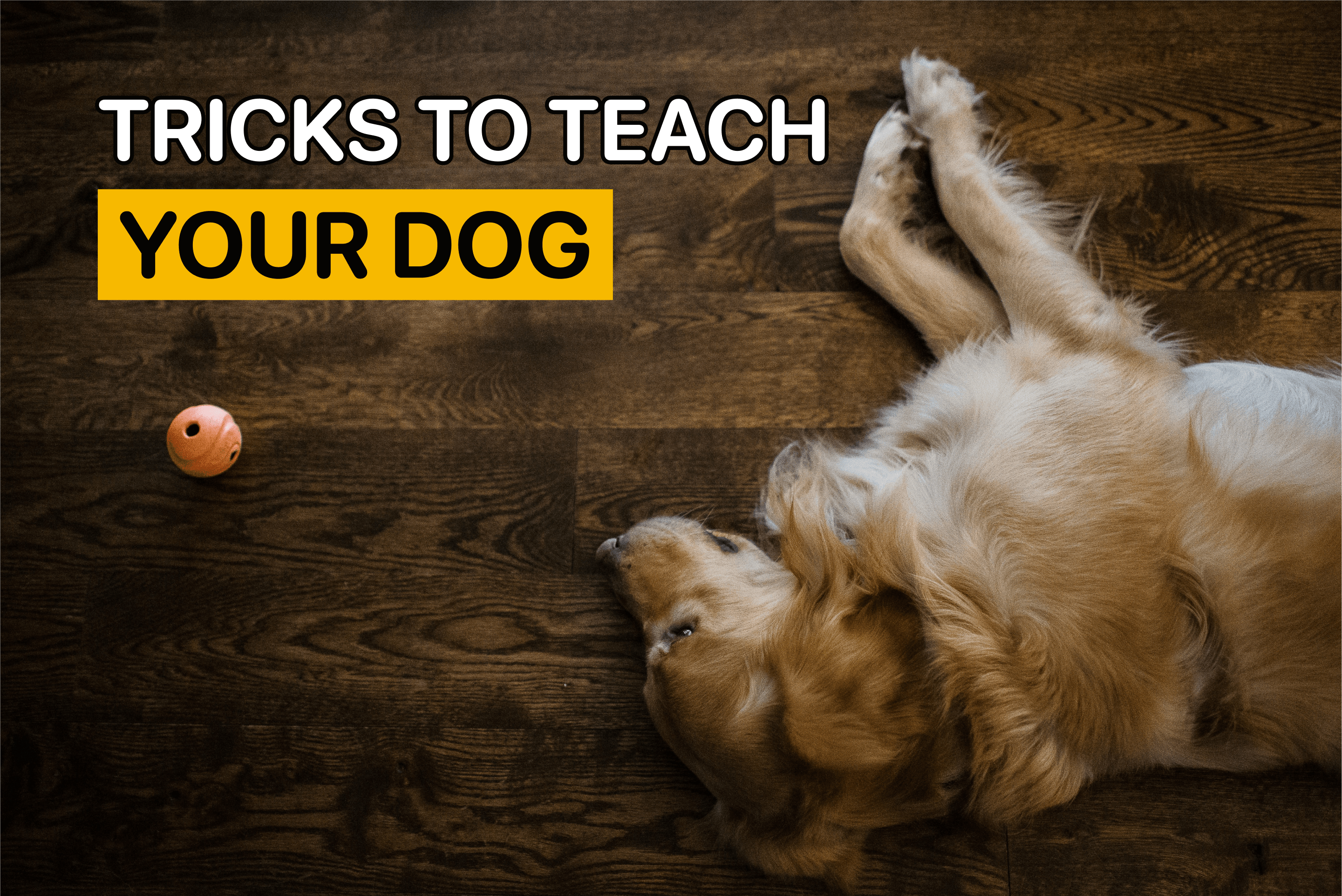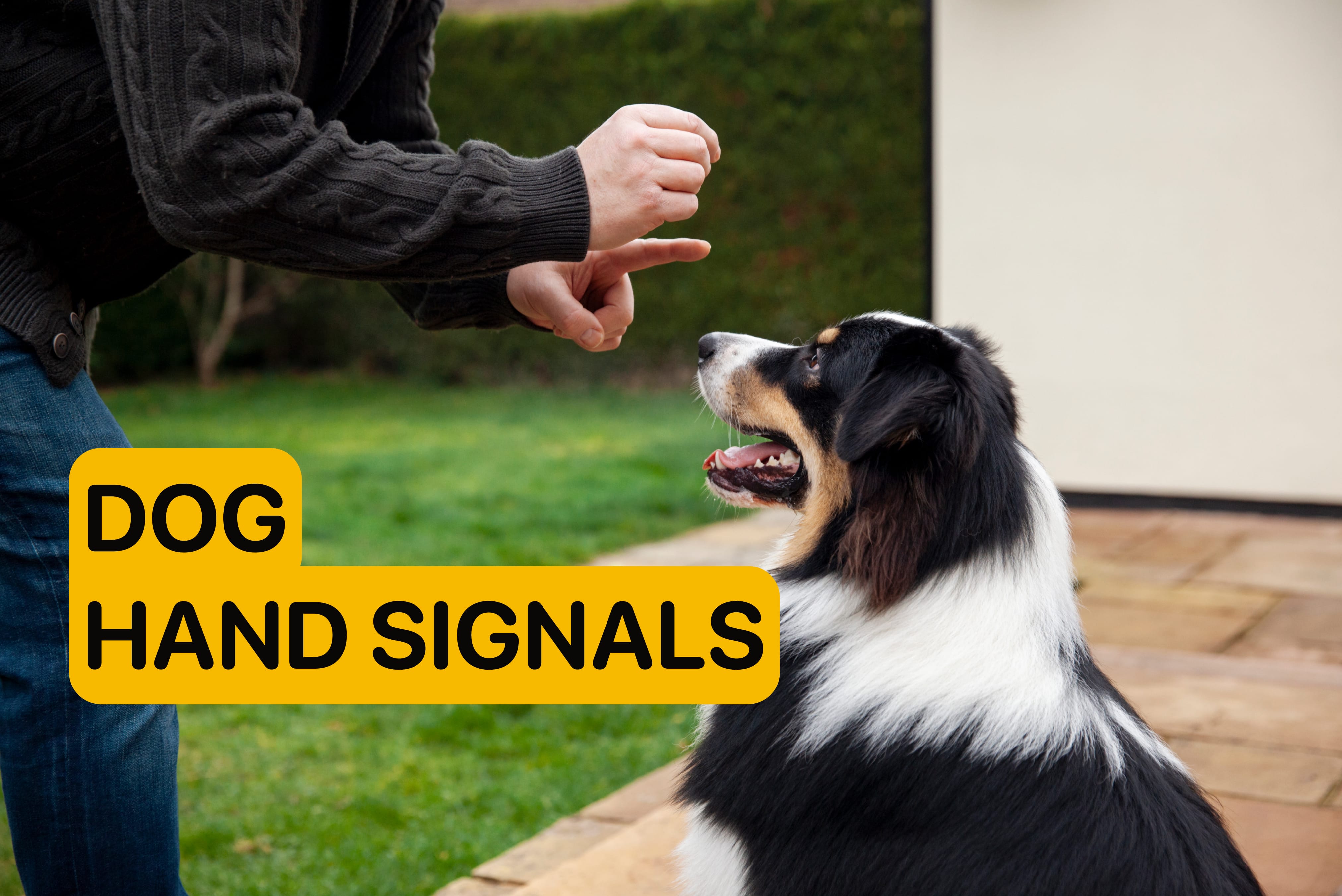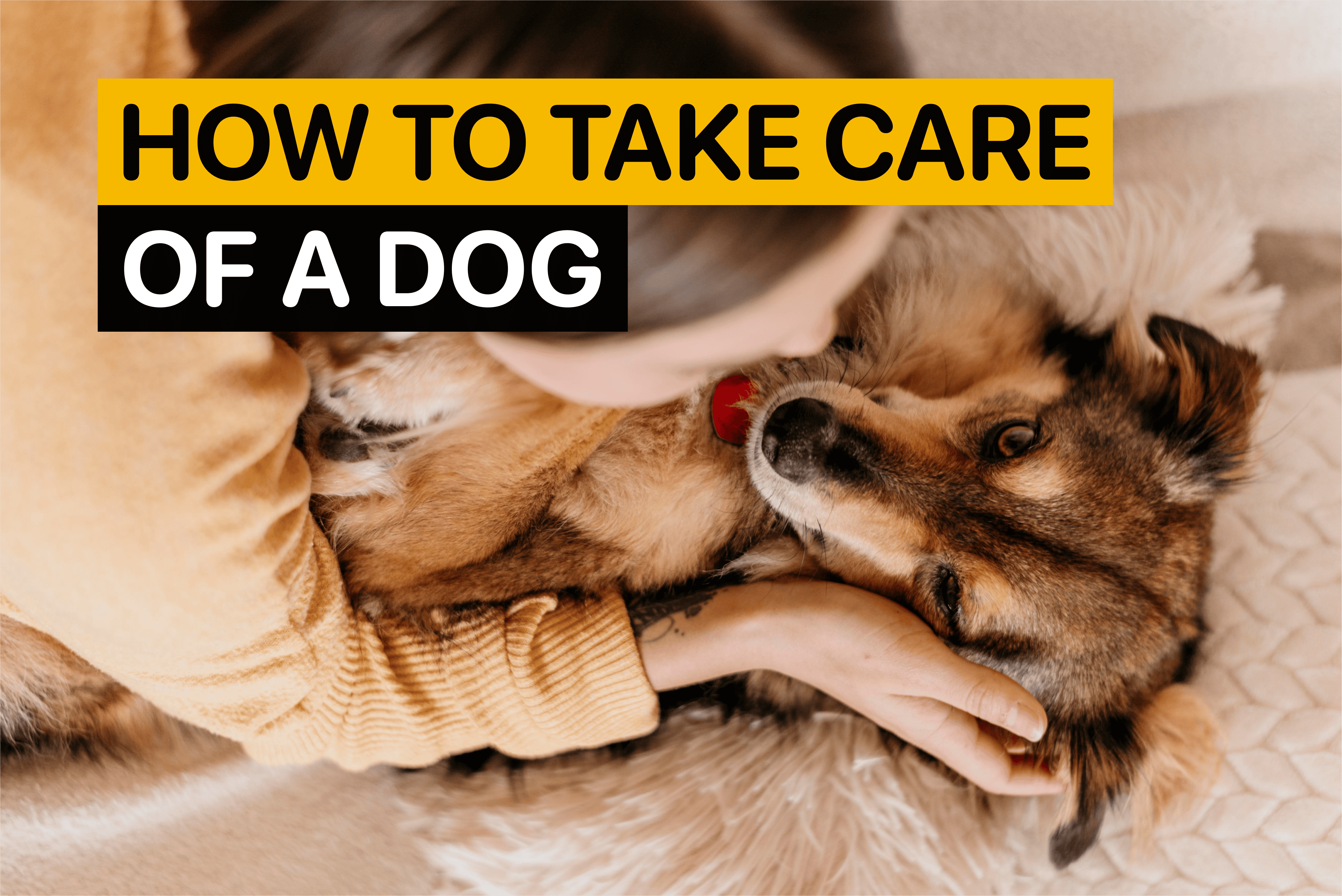How to Teach Your Dog to Pay Dead: All Questions Answered

By
Woofz Team Updated on |Reviewed by Frederica Caneiro
The “play dead” trick is one of the most popular commands dog owners like their dogs to perform. Unlike coming when called or staying in one place, this trick isn’t essential to learn since it isn’t vital for a dog’s safety or daily routines. Still, playing dead is fun, engaging, and a great way to strengthen your bond with the dog.
You’re in the right place if you want to teach your dog to play dead! This blog post is a complete guide to training your dog to master this trick and offers tips on what to do if they don’t understand the command. Let’s get started!
Professional guidance will benefit you if you want to train your dog to learn new valuable commands and fun tricks. Certified dog trainers’ advice is easier to get than you think. Woofz offers detailed training plans customized to fit your dog’s needs.
What Is the “Play Dead” Dog Trick?
In a nutshell, playing dead is a trick where a dog pretends to be dead. The trick comes in several variations. You can teach your dog to drop and roll over, to fall on the ground upon the “Bang-bang!” cue to imitate shooting (”bang dog trick”), or even a dramatic variant where your dog staggers, drops down, lies down, and twitches their legs before lying still.
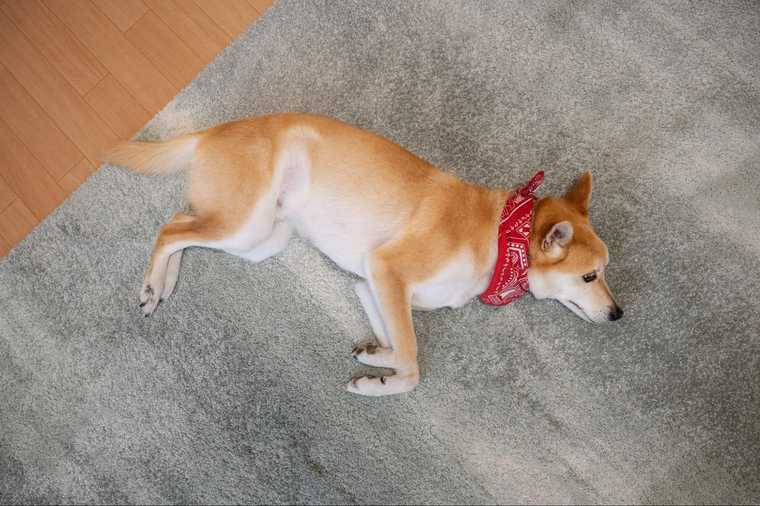
How you can get ready to teach your dog this impressive trick:
- A quiet training spot free from distractions
- Tasty treats to reward your dog’s success
- A marker (the specific word to mark the proper response to your command or a clicker)
- A soft rug or carpeted floor to make the training comfortable
How to Teach your Dog to Play Dead in 5 Steps
So, everything is set, and you’re ready to teach your dog to play dead. Training the play-dead trick involves several stages that will help your dog grasp the concept of this pretend game. Let’s focus on the steps you should take to help your dog follow the command.
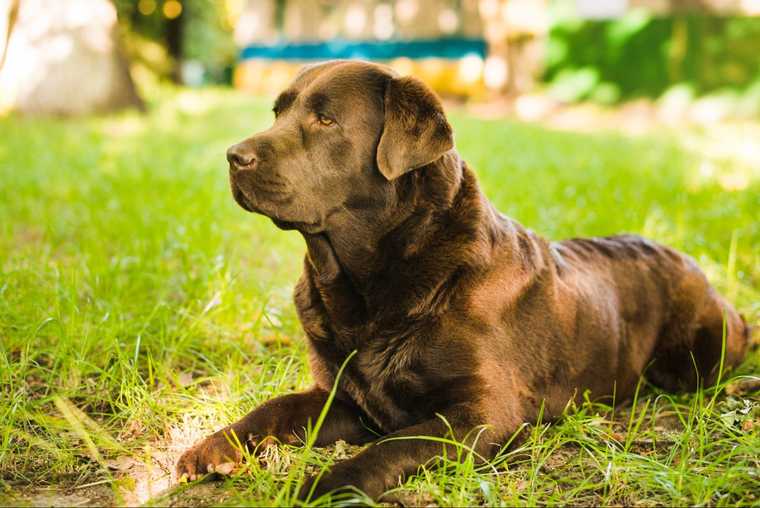
Step 1. Start in a Down Position
Start by luring your dog into a lying-down position. Your dog needs to master a lie-down cue before you teach them to play dead. Use a treat to bring your dog down to the ground, and mark and reward the behavior.
Step 2. Teach Your Dog to Shift Weight
Don't offer the treat immediately after bringing your dog to a down position. Keep the treat close to the dog’s nose and move it to the side of the body to make the dog roll onto their hips to follow the treat. Mark and reward the successful completion of this part.
Repeat until your dog starts doing a weight shift easily and steadily.
Step 3. Bring the Treat Down
Once you see your dog rolling on their side consistently, bring the treat down to the floor. The dog will start stretching their head to get it and end up in a position where they’re lying head down. Mark and reward such behavior.

Step 4. Fade the Lure
Now, it’s time to remove the treat. Repeat the process, but guide your dog to come down and roll over with an empty hand. Mark the behavior and praise your dog. You can offer a treat you keep in your other hand. This way, the dog will understand how to follow your hand signal only.
Step 5. Introduce the Verbal Cue
The final step in teaching your dog to play dead is adding a verbal cue, like "Bang!" Say the word just before the hand signal during the first few trials to help your dog make the connection. After 10-15 repetitions, try waiting 3-5 seconds between the verbal and hand cues to test if they've learned the command.
Give a verbal cue, wait for 3-5 seconds, and then do the hand signal. Mark and reward the behavior. Practice consistently, and after some time, your dog will start associating the cue with the trick and perform it based on your verbal command only.
Why Do Dogs Refuse to Play Dead?
Some dogs might struggle to perform the play-dead trick. The owner must stay patient and get to the root of the refusal. Below is a list of the most common reasons a dog may refuse to play dead.
The most common reasons why a dog doesn’t follow the command
- The surface to train on is hard
Remember to use soft and non-slip training surfaces to keep your dog comfortable during the training process.
- The training process needs to be slower
Don’t skip any steps, and allow your dog to master each without hurry. If needed, go back a step to help your dog do it better.
- The training sessions should be shorter
Some dogs don’t have long attention spans, so practicing in short sessions at regular intervals is better. Cut the training sessions short if you see your dog getting tired or disinterested.
- You’re using the wrong treats
Offering suitable types of treats is essential for providing positive reinforcement. The treat should motivate, so go with something your dog enjoys. But be careful: Some dogs get too excited about the food, so the treat shouldn’t become a distraction.
- It's a poor time for training
Don’t start the training process right after a mealtime. It may be challenging to motivate your dog with a treat then.
- Your dog is in pain
The play-dead trick is quite demanding on your dog, requiring them to change positions relatively quickly. Make sure your dog is healthy and doesn’t experience any physical discomfort.
Wrap-Up
Teaching your dog a play-dead trick doesn’t have a lot of real-world practical uses. However, it’s a fun trick you and your dog can enjoy. Prepare a quiet training spot with a soft carpeted floor or a rug to train on. Ensure your dog knows the lie-down command before you start the training process. Follow the training procedure step-by-step, and be mindful of your dog’s body language. With patience and enthusiasm, you will impress your friends with the play-dead trick in no time!
